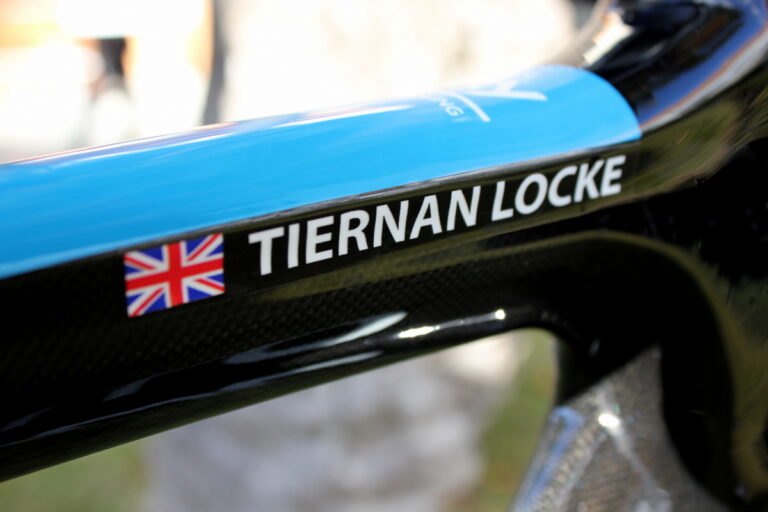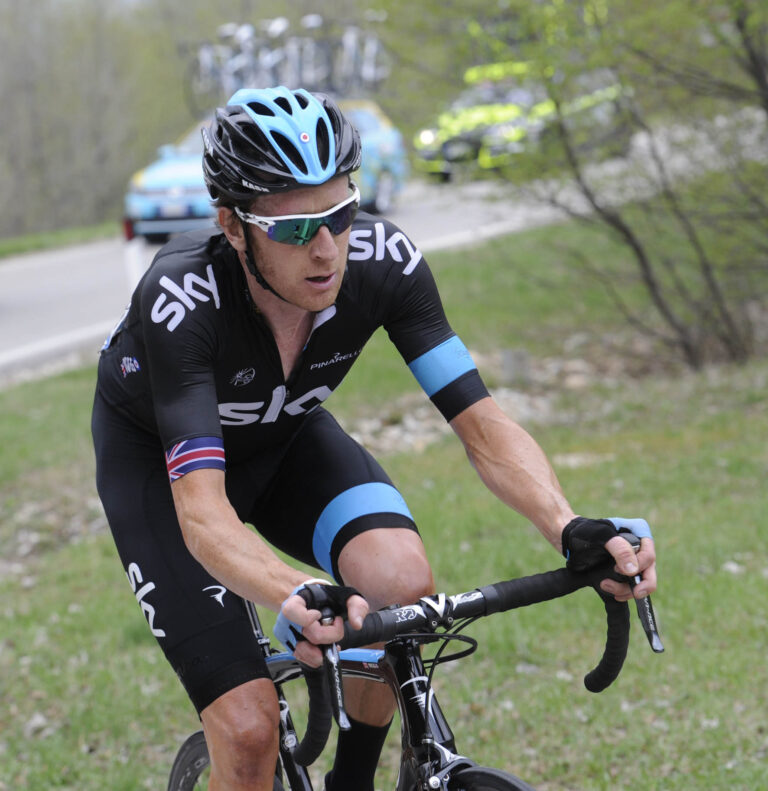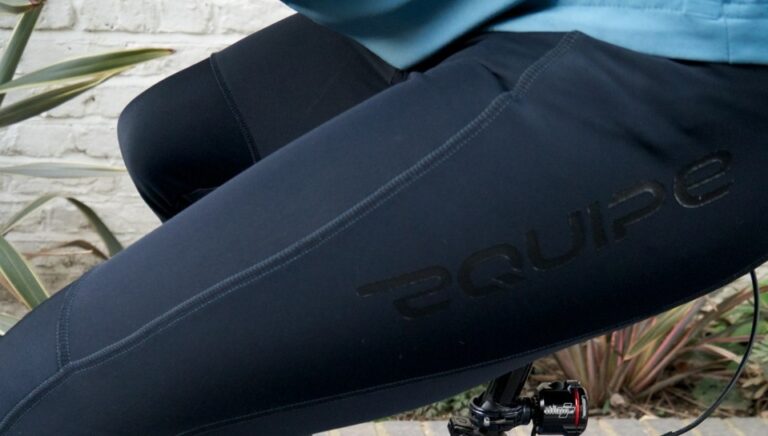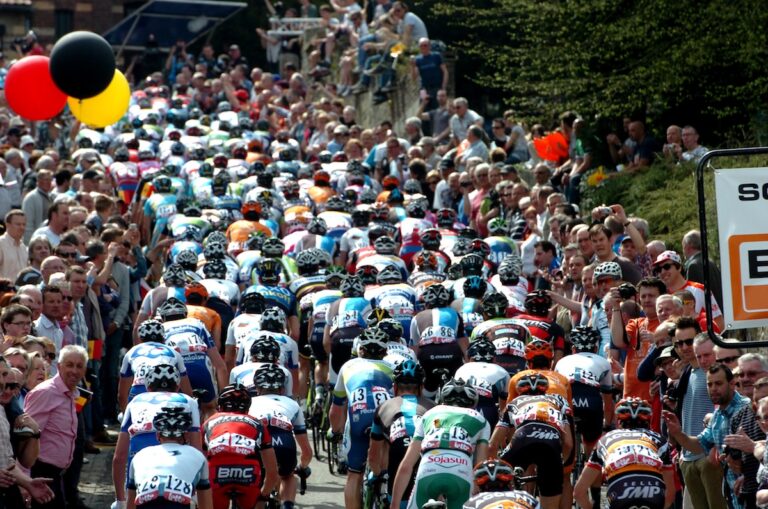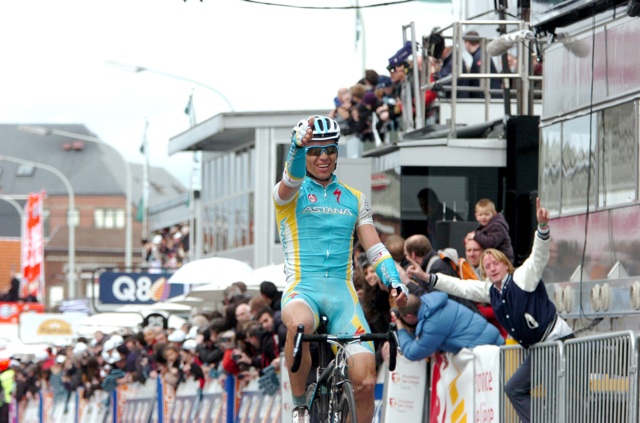The sun beats down on the 21 hairpin bends that twist towards the 1,860-metre summit of l’Alpe d’Huez.
The hors categorie climbs of the Col du Telegraphe and of the Galibier that have led to this point weigh heavy in the legs. The effects of yesterday’s team time trial to the summit of the Col du Glandon continue to make themselves felt. Words of instruction pour through the earpiece from the directeur sportif drivng the car that grinds remorselessly behind. Alongside, a professional rider, his progress seemingly effortless, offers words of encouragement. Tomorrow, there will be more: specifically, a climb to the summit of the Col de la Madeleine.
Conditions on the 2012 Trois Etapes pro am road race were very different to those of Cassar Schahbasi’s normal working environment. A 51-year-old City trader is unlikely to experience the exertions of the Alps within the Square Mile, but he had trained since last January for an engagement that began a week after Bradley Wiggins had completed his greatest triumph. Like Wiggins, Schahbasi had prepared on the Puig Major. Unlike Wiggins, he had combined his visit to Mallorca with a family holiday, and so began his training rides at 5am each day.
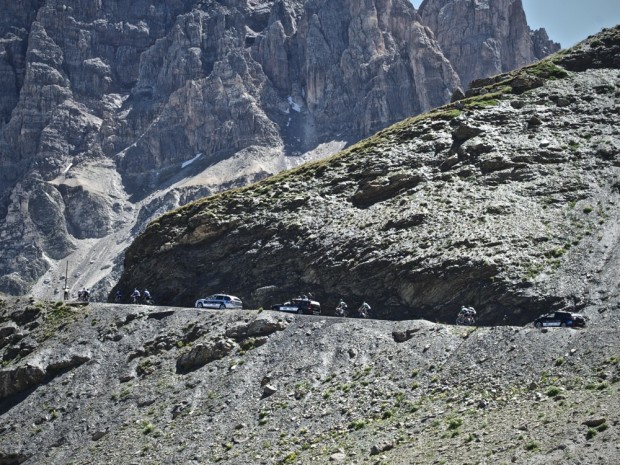
The Trois Etapes is the brainchild of three of Schabasi’s friends, with whom he had ridden from London to Paris. The enthusiasm and speed with which one of them in particular, Niels Bryan-Low, developed the concept from an idea among riding buddies to the most successful pro am bike race yet staged, has amazed Schahbasi. “They asked me if I wanted to participate, and it was just 100 per cent yes from the beginning,” he recalls. “I didn’t know how hard they were going to make it!”
This year, he will return to the Alps with 98 other riders, and 14 team captains, among them the 2008 Tour de France champion, Carlos Sastre, for the second Trois Etapes, a race which, four months from its opening stage, has already raised $600,000 for good causes, including Prostate Cancer UK, Walking with the Wounded, and World Bicycle Relief.
Daniel Lloyd, who rode in support of Sastre in the 2009 and 2010 Giri, and in the 2010 Tour de France, will ride as a team captain for the first time. Representatives from the contemporary peloton will include Garmin-Sharp’s Andreas Klier, leading the Prostate Cancer UK team, and Songezo Jim (MTN-Qhubeka), a key lieutenant to Gerald Ciolek in the latter’s recent victory at Milan-San Remo.
For those signed up to compete in this year’s Trois Etapes, and daunted by the prospect of riding alongside some of the world’s best cyclists, Schahbasi has a reassuring tale. Having noted Sastre’s presence on his arrival at last year’s race, he asked the Spaniard if he fancied joining his team for an hour’s training. Sastre agreed without hesitation.
“We had a nice ride to the top of the Telegraph,” Schahbasi recalls. “On the way up, we introduced the fact that we were riding with Carlos Sastre to many of the tourists. None of them believed it. One lady took a bet of a coffee. When I introduced her to Carlos at the top, she nearly had a heart attack – but she still bought the whole team a coffee.”
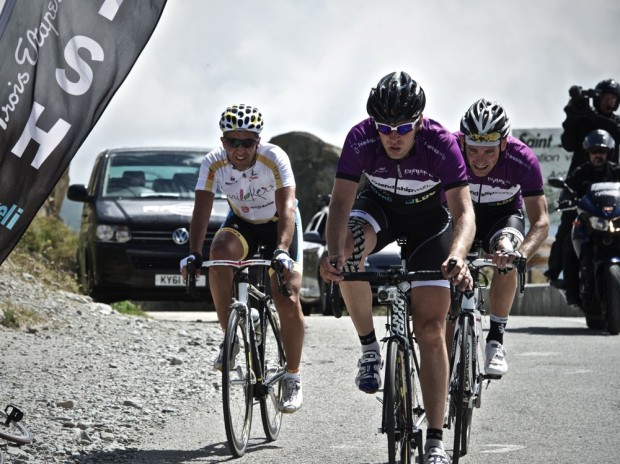
So how do amateur riders in the UK prepare to race in the Alps? Soaring roads of this variety are notably absent. The answer for Schahbasi and his team-mates, preparing for Alpine challenges in the Surrey Hills, was hill reps – and lots of them. A typical training ride would include 10 ascents of Box Hill, taken hard to compensate for the unavoidable recovery period from rolling back to its base for the next ascent. “Once they redid the tarmac, it was wonderful,” he recalls of the hill’s Olympic upgrade. “Up to then it was pretty rough and not very pleasurable, probably like everything else in the Surrey Hills where the tarmac is absolutely terrible.”
If entry to the Trois Etapes is far from cheap (a cool £35,000 is required to enter a team of seven amateur riders, one professional, their driver/directeur sportif, and a representative each of the team’s sponsor and charity), its fundraising ambitions are similarly elevated: $1.7 million was raised for charity from last year’s inaugural race.
Schabasi talks frequently of the charitable dimension of his team’s efforts, which continued even as they were suffering on the climbs. This aspect, alongside the camaraderie of the event, the banter between the teams, and the beauty and challenge of Alpine riding, was clearly more than an afterthought to those taking part. “The whole emphasis is brilliant,” he says. “The charities were represented very well. We were raising money on a daily basis as the race was going on.”
While it retains its title from the inaugural race, the Trois Etapes has gained a prologue for 2013. A flat-ish 20km time trial will be held on the floor of the Maurienne Valley. After that, the roads become steeper. Stage one includes an ascent of the Col du Glandon, stage two will see the riders race to the summit of the Col de L’Iseran, while the third stage contains both the Col du Chaussy and the Col de la Madeleine.
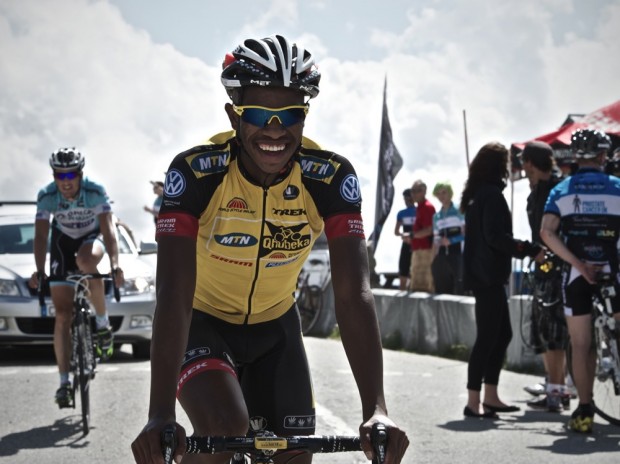
Channel Four and British Eurosport will broadcast the race, which starts on Friday July 26, 2013. Next year, the organisers, Cosavelli, plan an event in Italy, and to develop the existing French race.
Schahbasi, whose team saw their challenge last year blunted by injury, is in little doubt that he will continue to ride the Trois Etapes. “You’re talking to somebody who came last and still loved it,” he smiles, “and this year I’m not going to come last.”

